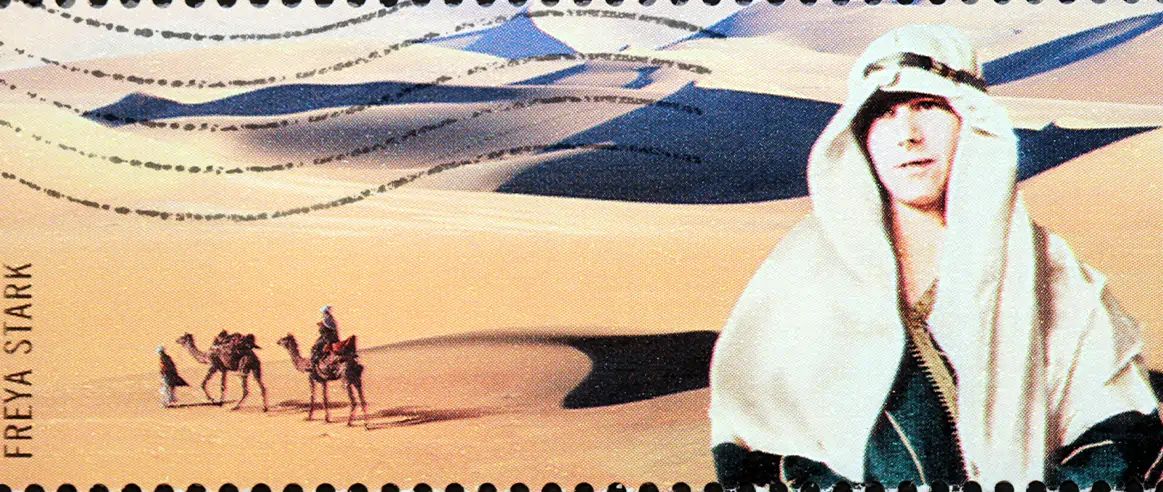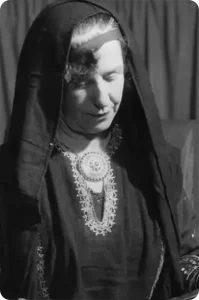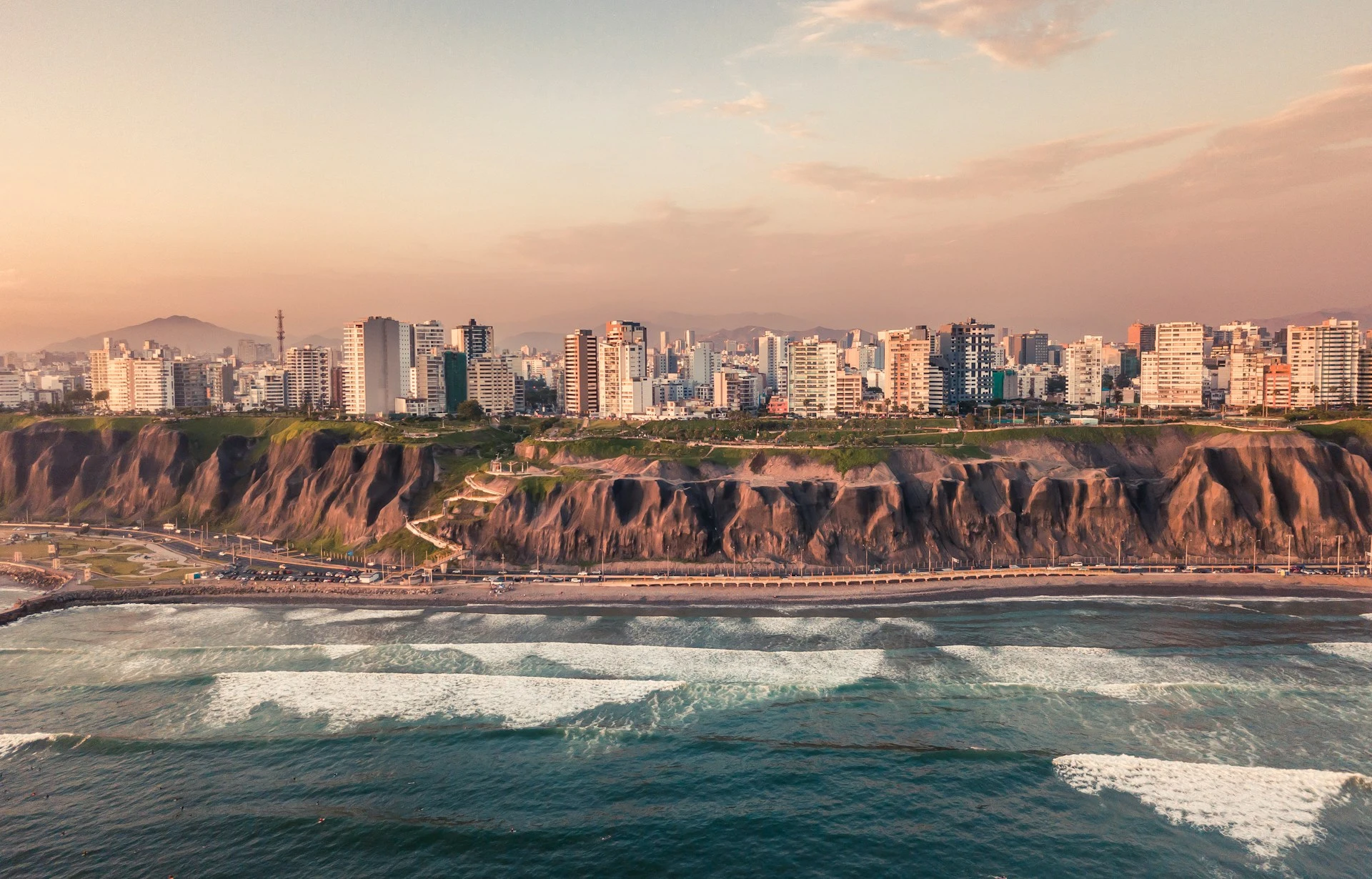Written by Jaden Parker
If you haven’t already heard about Dame Freya Madeline Stark, then you’re in for a treat. A female pioneer in Middle Eastern exploration and travel, Stark was born in Paris on January 31, 1893. She was born to two students of art, her Italian mother with Polish, English, and German descent and English father who was a painter (or sculptor depending on where you read). She was first introduced to the Orient after receiving and reading a copy of One Thousand and One Nights. She was also fond of Alexandre Dumas, which encouraged her to learn French and Latin.
At the age of thirteen, she got a scar from a terrible accident. Her hair got caught in a factory machine and tore her scalp and right ear off. The scar would be a reminder of this incident for the rest of her life and may be the reason she always wore boisterous hats. In 1912, she studied Persian and Arabic at University of London in Bedford College, London and the School of Oriental and African Studies. When she returned and finished her studies after WWI, she was officially fluent in Arabic, Persian, Turkish, Russian, German, and Italian. During WWI, she worked with the British Red Cross as a volunteer nurse.
Following her sister’s death from a miscarriage in 1927, Freya Stark visited Asolo and started her journeys by heading to Beirut. Although she was frequently compared to Gertrude Bell, a female traveler of the Middle East, there were a lot of differences between the two. Stark traveled without an entourage and spent most of her time interacting with the indigenous people living in the countries she visited. Stark would even occasionally play dumb to get access to undocumented parts of Middle Eastern society like harems.
Formal writing, lecturing, and exploration began when she traveled in Syria and Lebanon secretly by donkey with a Druze guide. It was illegal at the time to travel within these regions, and she and the two others she traveled with were eventually caught by French Army officers. They were luckily released after three days. In 1931, she became the first apparent Westerner to visit the wild west of Iran and discovered the “Valleys of the Assassins”, which were actually just some mythical stories about those residing in the Alamut Valley. She published her first book on this journey in 1934 and received the Royal Geographical Society’s Back Award for it.
Following Alamut Valley, she attempted to travel to Shabwa, which was the rumored capital of the Queen of Sheba; but she got measles and dysentery and had to be life-flighted to a British hospital in Aden. Nevertheless, she was able to publish three books about this area and subsequently received the Founder’s Gold Medal from the Royal Geographical Society. At the start of WWII, she was hired by the Ministry of Information and began spreading pro-British propaganda in Yemen. From there, she had opportunities to work in Cairo, Alexandria, and Luxor. Through this, she created the anti-Nazi Brotherhood of Freedom, a network to persuade Arabs into supporting the British. There were only ten members allowed per sect of the group to keep things secret.
The British Embassy in Iraq invited Freya Stark in 1941 to create a branch of the Brotherhood of Freedom. After she spent a month in the Embassy due to a pro-German coup d’état, she moved on to the U.S. to lecture there in 1942. Back in Delhi after this stint in the United States, a member of the High Commission lent her a car to travel from Delhi to Tehran. She was supposed to sell it to the Embassy when she arrived but sold it in Baghdad instead for five times its actual cost! While touring the British Mandate of Palestine in 1943, she called for there to be Arab consent regarding the mass migration of Jews at the time, which only pinned the Jewish community against her.
Freya Stark was 54 when she finally married. She married Stewart Perowne, a known closet homosexual, in 1947. They separated five years later and she started up traveling again. First stop? Turkey. The final expedition of her life was to Afghanistan at the age of 75 in 1968. She went to visit the 12th century Minaret of Jam. She was made a Dame Commander of the Order of the British Empire in 1972 and died in 1993, just a few months after her 100th birthday.

It is remarkably inspiring to see the things people were capable of before the slew of resources we all can enjoy today. Feel free to read any of Dame Freya Stark’s twenty-something published novels on her adventures in the Middle East!











